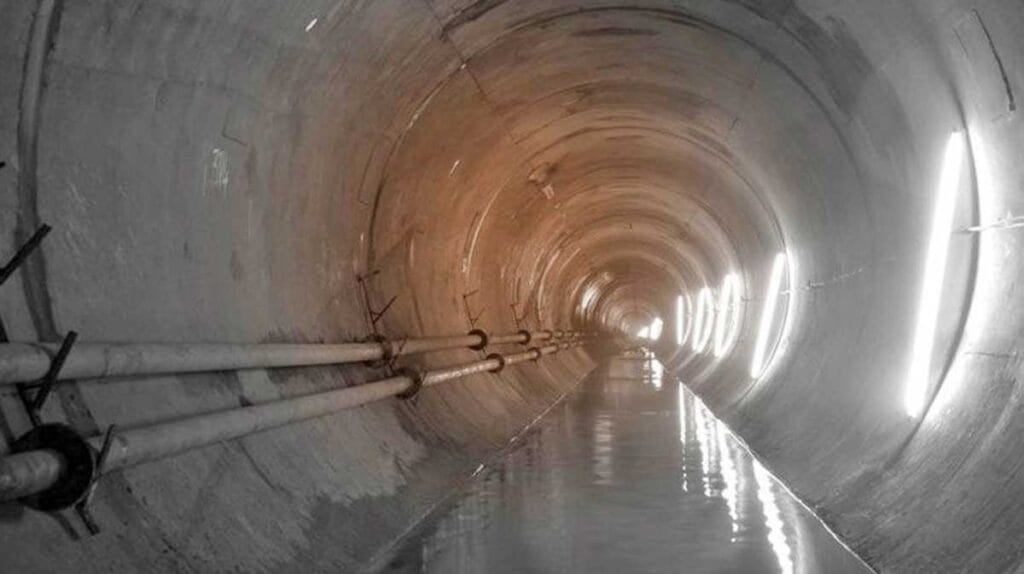Mumbai is making significant strides in enhancing its water infrastructure with the addition of an 8.48 km-long water supply tunnel between Ghatkopar and Dharavi. This project, initiated by the Brihanmumbai Municipal Corporation (BMC), aims to address longstanding water supply issues in the city while modernizing the overall network.
Project Overview
- Tunnel Length: 8.48 km
- Depth: 145-150 metres, with the deepest point reaching 152 metres at Ghatkopar
- Construction Cost: Rs 1,989 crore
- Completion Status: Construction work order issued on 30 September
- Technology: Tunnel boring machine (TBM) will be used for excavation
- Diameter: 12 meters
Why a Tunnel Instead of Pipelines?
Unlike traditional pipelines that are often prone to damage during road or civil infrastructure projects, the new tunnel will be constructed at a much deeper level. This approach offers greater protection, ensuring a more stable and uninterrupted water supply.

The BMC’s initiative also includes two wastewater treatment facilities (WWTF), which will be constructed at Ghatkopar and Dharavi. The new tunnel system will enable efficient transportation of recycled water, further bolstering Mumbai’s wastewater management capabilities.
Expanding the Water Tunnel Network
This new tunnel is part of a larger project to extend Mumbai’s water tunnel network by 11.61 km, connecting Ghatkopar to Bhandup. Currently, Mumbai boasts a 100 km underground water network, placing it close to New York City’s 111 km, the longest in the world.
Addressing Water Supply Challenges in Mumbai
The new water tunnel is expected to alleviate some of the water supply challenges faced by eastern suburbs such as Ghatkopar, Parel, Wadala, and other central parts of the city. The aging pipelines in these areas have long struggled with maintaining adequate water pressure, particularly in densely populated zones. The larger tunnel diameter will not only improve water pressure but also reduce incidents of contamination and man-made leakages.
Recent Developments
In August, the BMC successfully completed the excavation of a 9.7 km water tunnel between Ghatkopar and Wadala. Mumbai’s first water supply tunnel was built in 1955, and since then, the city’s underground network has continued to expand.
With the addition of this new tunnel, Mumbai’s water infrastructure is growing stronger, ensuring a reliable and efficient water supply for its citizens.